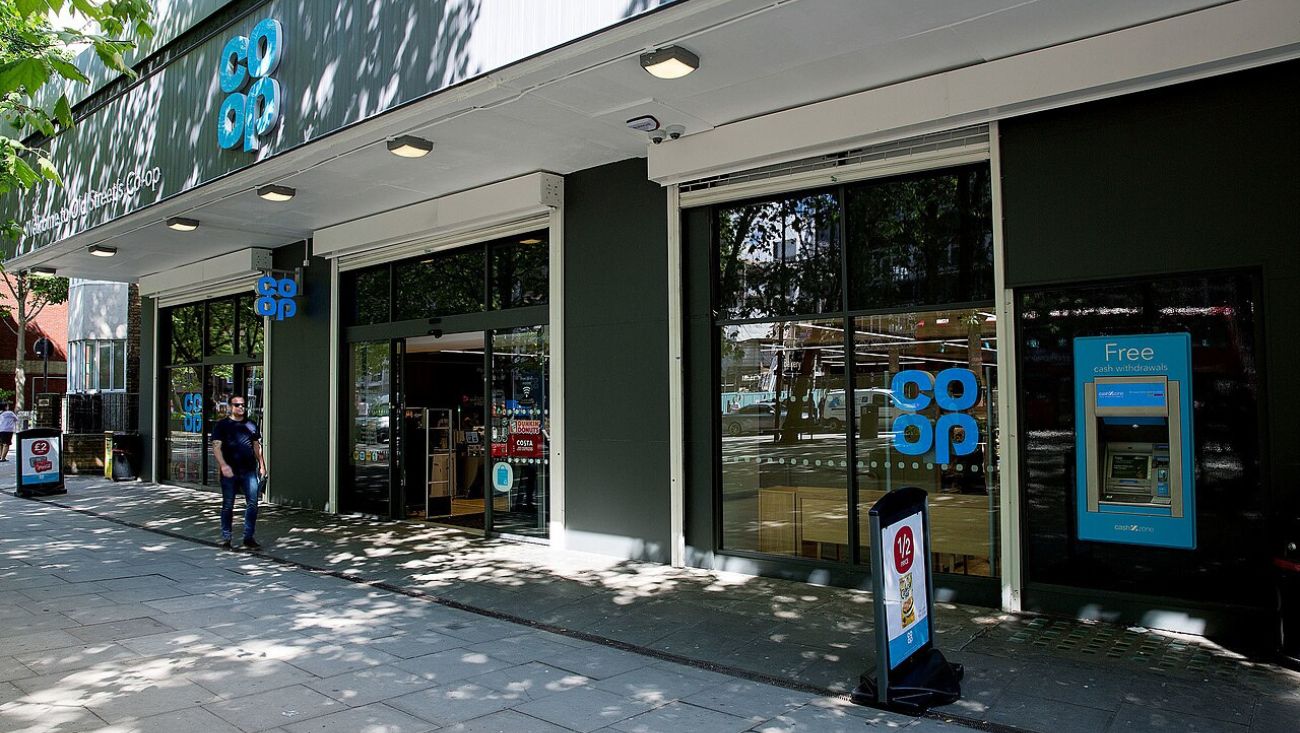April 30, 2025 – The UK retailer Co-op has become the latest target in a growing wave of cyber attacks on the retail sector, forcing the company to shut down segments of its IT infrastructure after detecting a hacking attempt. This incident, following a high-profile cyber attack on Marks & Spencer (M&S) linked to the Scattered Spider hacking collective, exposes the vulnerabilities in retail IT systems as they increasingly rely on interconnected technologies. With retailers adopting digital transformation strategies to enhance operations, the Co-op breach highlights the urgent need for robust cybersecurity frameworks in the sector.
On April 29, Co-op identified unauthorized access attempts targeting its IT systems, prompting an immediate response to mitigate potential damage. A report from The Guardian detailed that the company preemptively disabled access to several systems, impacting back-office functions and call centre operations across its network of over 2,000 grocery stores, 800 funeral parlours, and legal and financial services. The shutdown affected virtual desktops, disrupting processes like stock updates that rely on head office connectivity, though in-store operations, rapid home deliveries, and funeral services remained operational. Co-op’s spokesperson confirmed the incident, noting that the company took proactive steps to safeguard its infrastructure, with no evidence of a data breach at this stage.
The Co-op incident follows closely on the heels of a significant cyber attack on M&S, which disrupted product availability in stores and was attributed to the Scattered Spider group, known for targeting retail and tech firms with sophisticated social engineering tactics. A BBC article suggested that Co-op’s heightened vigilance may have been influenced by the M&S breach, though the company did not confirm a direct connection. This cluster of attacks underscores a troubling trend: retailers are increasingly vulnerable to cyber threats as they integrate technologies like electronic shelf-edge pricing and online delivery systems, creating multiple entry points for attackers to exploit supply chain vulnerabilities.
Technical and Strategic Implications
Here’s an analysis of the Co-op hacking attempt:
- Attack Detection: Unauthorized access attempts triggered a partial IT shutdown to prevent escalation.
- Operational Impact: Disrupted back-office systems and call centres, but core services remained functional.
- Industry Context: Follows the M&S attack by Scattered Spider, part of a broader wave of retail cyber incidents.
- Security Measures: Co-op’s preemptive shutdown likely mitigated a worse outcome, reflecting proactive defense.
From a technical perspective, the Co-op incident reveals the fragility of retail IT ecosystems, particularly those reliant on interconnected systems for inventory management, pricing, and customer service. The adoption of electronic shelf-edge pricing, for instance, requires real-time data synchronization between stores and head offices, often through cloud-based platforms that can be targeted by attackers. It was reported that the shutdown impacted Co-op’s ability to update stock levels, a critical function for maintaining supply chain efficiency, especially in the grocery sector where margins are tight. This vulnerability mirrors previous incidents, such as Morrisons’ 2024 breach via its tech supplier Blue Yonder and WH Smith’s 2023 employee data exposure, illustrating how third-party integrations can amplify cyber risks.
The broader cybersecurity landscape provides critical context for understanding the Co-op attack. IBM’s X-Force Threat Intelligence Index estimates that cybercrime will cost the global economy $10.5 trillion annually by 2025, with retail being a prime target due to its vast customer data and interconnected systems. The Scattered Spider group, suspected in the M&S attack, has a history of using phishing and social engineering to infiltrate networks, often targeting retailers during high-traffic periods to maximize disruption. Co-op’s decision to shut down systems preemptively likely prevented a ransomware attack or data breach, but it also highlights the trade-off between security and operational continuity—a challenge that retailers must navigate as they scale their digital operations.
Strategically, the Co-op incident should serve as a wake-up call for the retail sector to prioritize cybersecurity investments. Implementing zero-trust architectures, enhancing endpoint detection, and conducting regular penetration testing are essential steps to mitigate risks. Additionally, retailers must strengthen their supply chains by auditing third-party vendors for security compliance, as these partners often serve as the weakest link. Co-op’s response, while effective in preventing a breach, disrupted operations, suggesting a need for more resilient systems that can isolate threats without halting critical functions. The retail sector’s increasing reliance on technology for efficiency and customer experience makes such measures non-negotiable in the face of evolving cyber threats.
The Co-op hacking attempt, set against the backdrop of the M&S attack, signals a critical juncture for retailers to reassess their cybersecurity strategies. As the industry continues to digitize, the balance between innovation and security will determine which companies thrive in an increasingly hostile digital environment. The coming months will reveal whether Co-op can fortify its defenses and whether the retail sector as a whole can rise to the challenge of cyber resilience. What strategies should retailers adopt to protect against cyber threats? How can they balance security with operational efficiency? Share your insights in the comments, and let’s analyze the future of cybersecurity in retail.







